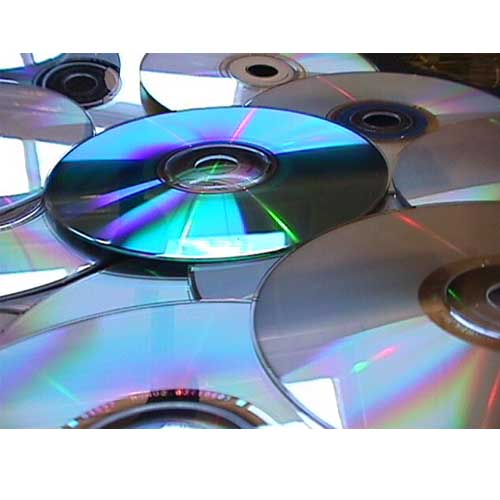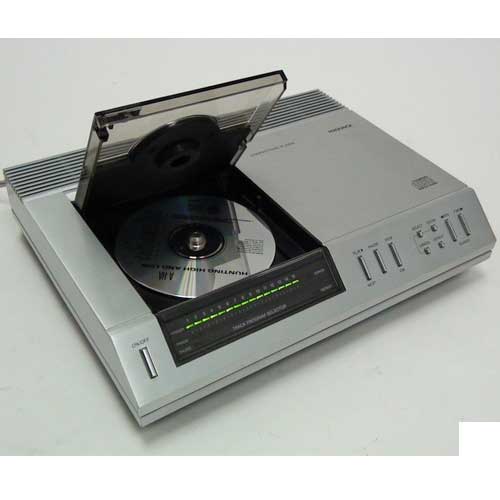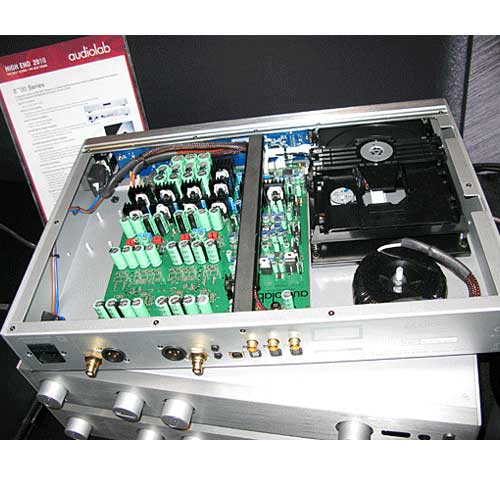The Silver Disc…

Background
Philips and Sony proudly launched the Compact Disc to the US market back in 1982– 3 years after Philips introduced this concept back in 1979; Even though people laughed at how a small object was now apparently able to exceed the sound of the standard vinyl record, little did they realise that this was to become the standard industry format of choice. Analogue format sales of records and cassettes were driven into the ground by the early 1990’s.

The CD, with age, naturally matured and became a firm format favourite. Purely due to its stability, reliability and the ability it had of providing crystal clear sound every time – unlike the cassettes which stretched and chewed, or the vinyl record that warped and diminished after excessive playing or poor storage. Still, here we are today with the CD format ever apparent. MP3 may just be the successor, but the true quality will always remain contained within the CD.
How to choose the best CD player for your system
CD players have always varied in price, size, capability and that bit which everyone dreads…the price! However, we at Hifi Gear recognise that finding an ideal CD player, regardless of budget, can be a long and tiring process. What unit will sound the best, which will play my CD-R and CD-RW discs, or which one has Super Audio CD capability??? Yep, it’s a lot of questions, we do admit. However, this little article should hopefully make things a wee bit clearer.
The best way to get a good set-up with a smaller budget (something of £150-£700) is to try and match the price band of your existing equipment with your new CD unit. This often helps as many hi-fi systems are designed to work together to the best of their abilities in the price range (remember that older equipment will have modern counterparts with higher prices, due to inflation). For example, a Teac CD player will work well with an existing Teac amplifier as they were most likely designed to be working in co-operation with each other. However, trying to link a cheaper CD to a more expensive amplifier might present problems in performance. It is best to try and match cost to each other as best as possible. For example, a Marantz CD player priced at £309.90 should be matched to something of no more than £100 above the cost of the CD unit. The idea is to keep sound integrity flowing and to keep the sound as natural as possible. Also, it’s best to use uprated interconnecting audio cables as opposed to the manufacturer’s provided cables. A nice set of phono cables will reduce distortion and boost sound quality in the long-run. Prices usually start from £15 upward.
Many CD players have various outputs. For those who are connecting to an amplifier, you can either use the standard L & R stereo phono sockets or even the optical or coaxial digital audio output (if your amplifier allows digital connections). Phono sockets usually are fine to use, but a digital output will bypass the Digital Analogue Converter (DAC) in the process and leave a cleaner, neutral sound. Usually more expensive amps have digital inputs, so the digital output can be used for a digital recorder instead, like a Music Server.
For those who have a budget or over £1,000, it is often a nice idea to ‘mix and match’. Doing so will show which amplifier works best with a CD player, even if they are of varying manufacturers. However, keeping price similarity in sound integrity is advised. Higher end CD players often have refined DACs – providing a fantastic sound and stereo image for the audio amplifier’s circuitry. Sitting and listening is the only real way to tell if the system works as it should. Again, decent quality audio cables will influence the overall dynamics, whether it is bright or a neutral sound.

CD players are often expected to do more than just play a CD in the modern world. Units now exist that play multi format discs and have the ability to allow USB connection to PCs and can read memory sticks. Not all are like this. More higher-end equipment will tend to focus purely on brilliance of sound resolution, whereas a more cost-friendly player will have the ability to play back MP3 discs, CD-RW discs and even special play-back functions. These are designed to multi-task too, as opposed to looking pretty and being solely dedicated to the audio output. With the emergence of higher quality recording methods with 24 bit resolution, SACD (Super Audio Compact Disc) was released to provide ultra-high resolution stereo playback. SACD is not by any means a common format, purely due to the price of the discs to buy. Classical music was very popular on this format once as the resolution exceeded a standard CD by miles, (yes, even CD can be exceeded by the SACD’s quality). For this type of CD, you’ll need a SACD capable player. Luckily, Pioneer, NAD, Marantz and Yamaha are still around in this department and examples are available to buy from us on our internet store.
Thankfully, the CD player has developed massively in its life span. Most will play back CD-Rs, red-book (official CDs) and MP3 discs as standard. However, it is advisable to match and listen to your potential candidates of a new CD player before purchase wherever applicable. Some CD players are small and thin for compact spaces, whilst others are designed for professional or solely for maximum CD audio quality.
If you’re still a tad confused, give us a call on 01452 306412 or email. Or, drop into Hifi Gear store for expert advice and opinions that will guarantee to help you find the CD player that you’re looking for.
Tom Parker
Sales and Website Admin.
